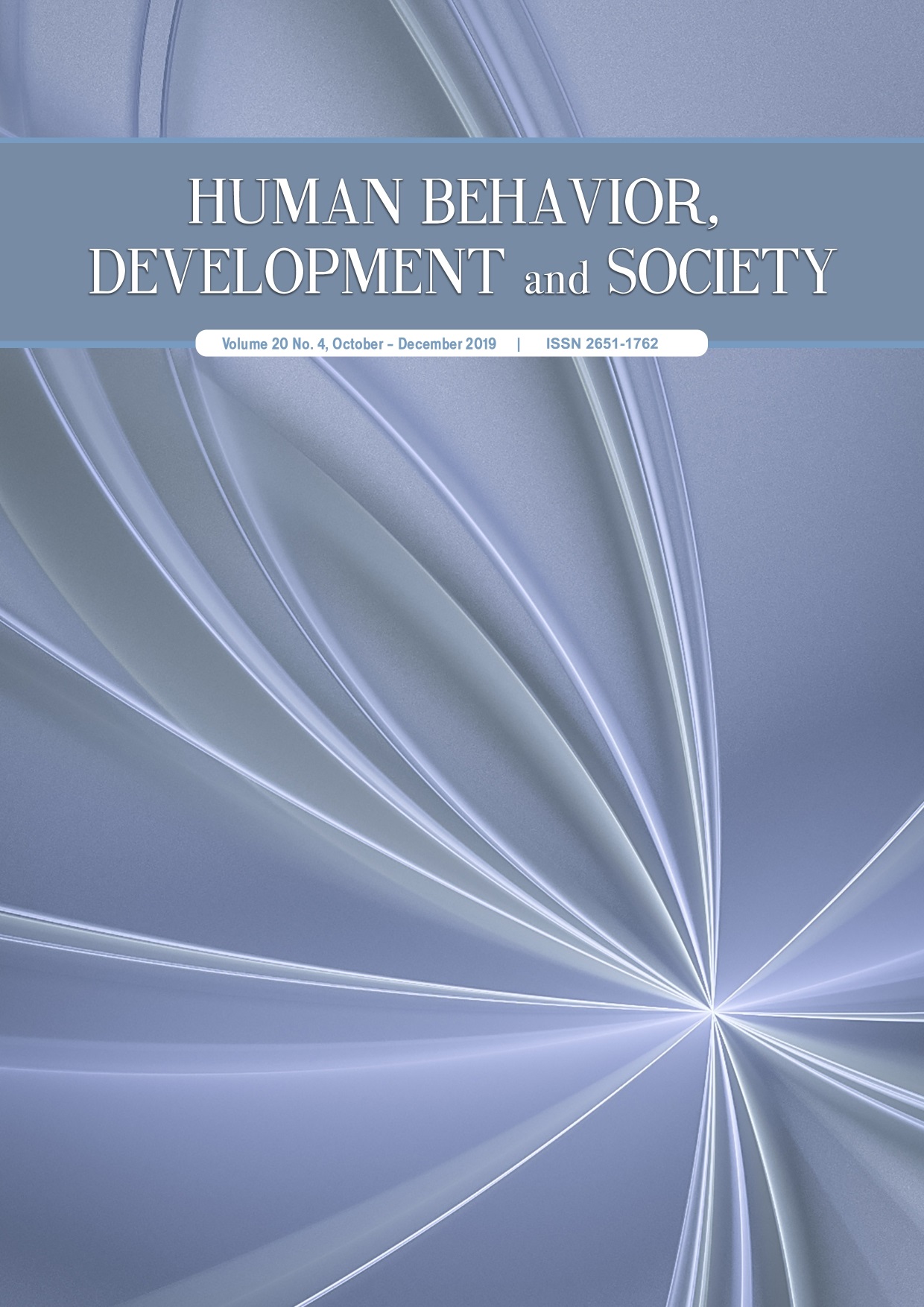Mathematics Foundation and Its Role in Determining Student Preparedness for College
Main Article Content
Abstract
Algebra, the foundation to higher math learning skills, is integral in our daily lives. Therefore it is important to introduce a system that will help algebra become a part of one’s intellectual support system to assist with everyday challenges. Every person, even if lacking a formal math education, uses applications such as addition, subtraction, multiplication and division. Basic demographic data and a math placement test for students seeking entry into college, covering algebra and pre-calculus topics, was administered. A comparison of student experience, nationality and gender differences over their performance on the placement test revealed no significant performance differences between genders. However, differences based on nationality and student experience were found from a 2-T, Kruskal-Wallis and Tukey’s Honest Significant Difference test.
Article Details

This work is licensed under a Creative Commons Attribution-NonCommercial-NoDerivatives 4.0 International License.
Copyright: Asia-Pacific International University reserve exclusive rights to publish, reproduce and distribute the manuscript and all contents therein.
References
Ellison, G., & Swanson, A. (2007). The gender gap in secondary school mathematics at high achievement levels: Evidence from the American mathematics competitions. Journal of Economic Perspectives (24)2, 109-128. Retrieved from https://economics.mit.edu/files/7598
Learning Works (2016). 8th National Conference on Dyscalculia and Math Learning Difficulties. Retrieved from www.dyscalculia-maths-difficulties.org.uk
Mathematics Syllabus: Primary (2006). Curriculum Planning and Development Division. Retrieved from https://www. moe.gov.sg/.3. Springer Netherlands, 1573-0816.
National Research Council (1997). Learning from TIMSS: Results of the Third International Mathematics and Science Study, Summary of a Symposium. Washington, DC: The National Academies Press. Retrieved from https://doi.org/10.17226/5937.
Noser, T., Tanner, J., & Shah, L. (2008). Have Basic Mathematical Skills Grown Obsolete In The Computer Age: Assessing Basic Mathematical Skills And Forecasting Performance In A Business Statistics Course. Journal of College Teaching & Learning 5(4), 1-6.
Roth K., & Garnier H. (2006). What science teaching looks like: an international perspective. Educational Leadership 64(4), 16–23.
Schmidt, W., McKnight, C., Valverde, G., Houang, R., & Wiley, D. (Eds.) (1997). Many visions, many aims: Volume 1: A cross-national investigation of curricular intentions in school mathematics. Boston: Kluwer Academic Publishers.
The Third International Mathematics and Science Study (TIMSS) (1999). Highlights from the TIMSS 1999 video study of eighth-grade science teaching. Retrieved from https://nces.ed.gov/pubs2006/2006017.pdf
Witelson S., Glezer I., & Kigar D. (1995). Women have greater density of neurons in posterior temporal cortex. Journal of Neuroscience 15(5), 3418-3428.
Woodward, J., & Montague, M. (2002). Meeting the challenge of mathematics reform for students with learning disabilities. The Journal of Special Education 35(2), 89-101.
Wüstenberg, S., Greiff, S., Molnár, G., Funke, J. (2014). Cross-national gender differences in complex problem solving and their determinants. Learning and Individual Differences, 29, 18–29.
Xie, Y., & Shauman, K. (2003). Women in science: Career processes and outcomes. Cambridge, MA: Harvard University Press.


